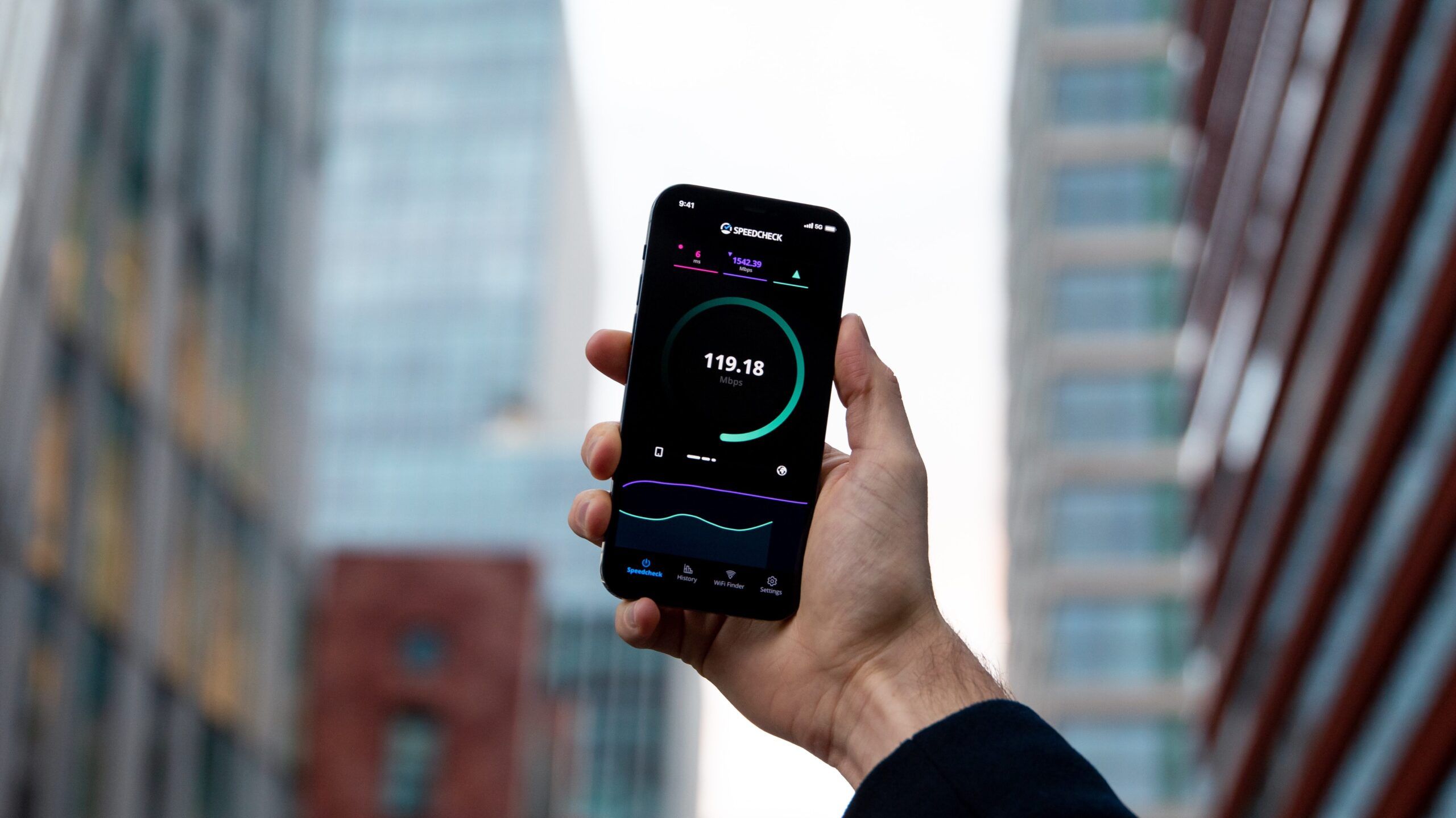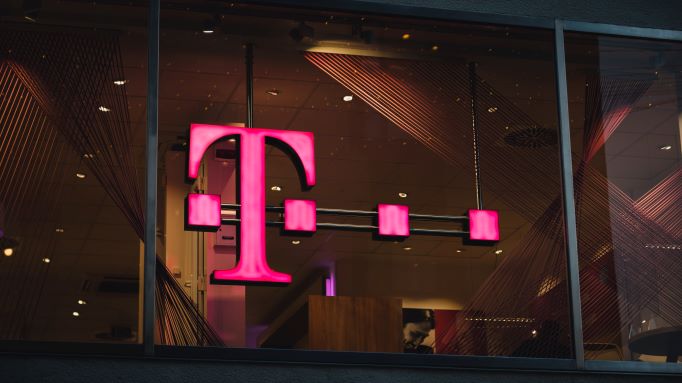5G is now a reality. AT&T and Verizon began offering service in limited cities in 2019, officially ushering-in the latest era of wireless network technology. While 5G is in the process of finding its commercial footing, the next generation of devices are here and ready for consumers to purchase. With the dawn of a new era come a few questions: how important is 5G? How effective is it? And where are businesses looking to capitalize?

What is 5G and Why is it Important?
5G is the fifth-generation evolution of wireless network technology. Like previous incarnations, 5G will greatly increase speed and efficiency over its predecessor, functioning up to 100 times faster than current 4G networks, according to the Wall Street Journal.
Beyond its benefit to consumers – who would be able to download feature-length movies in seconds – are massive implications for the business world. Businesses will be able to “easily scale information-technology projects by removing the need to build their own costly fiber-optic networks to keep large amounts of data flowing.”
Additionally, says Don Clark of the New York Times, faster wireless networks “will also affect many other kinds of devices, including industrial robots, security cameras, drones and cars that send traffic data to one another.” The collected data could be used for a variety of applications: leveraging artificial intelligence, it could be “fed into software programs aimed at improving everything from production processes to customer services.”
Is 5G Functioning at Full Potential?
While 5G is functional, it has yet to be deployed to its full potential. Compatible device sales are relatively small as the technology finds its footing with consumers: 5G smartphones sold roughly 12 million units in 2019, says ABI Research. Cowen Inc., a financial services firm, believes that 2022 will be the earliest 5G will function as promoted; as of now, there is not a 5G-enabled iPhone for sale.
There are also logistical issues to overcome before 5G can be used to its fullest extent. The extremely fast version, called millimeter wave, uses signals that “travel shorter distances… [and have] trouble penetrating obstacles like walls.” As such, “Verizon and AT&T have focused deployment… in large spaces like sports stadiums and outdoor amphitheaters.” The infrastructure does not currently exist – and may never exist – to create a nationwide millimeter wave 5G network.
This means that consumers will likely notice latency (the time delay before a transfer of data begins following an instruction for its transfer) improvements in the short-term via major cell carriers, but are unlikely to experience the blazing fast speeds 5G is ultimately capable of.
What Does This Mean for Business?
For now, network providers and businesses “are working to figure out its value proposition” in their industries, Rajeev Follarahalli, chief business officer of cloud-services business 42Q told the Wall Street Journal. Building 5G infrastructure represents a profitable opportunity for equipment manufacturers and a source of international intrigue between governments. US technology companies are competing against Chinese companies like telecom giant Huawei to have their equipment feature in 5G networks. The US government has argued that using Huawei equipment would create security vulnerabilities that the Chinese government could exploit via ‘back doors’ – important considerations in the age of cyberwarfare.
While the Trump administration has lobbied hard at home and to its allies abroad against using Huawei equipment in their 5G networks, countries are balancing the request with their own diplomatic relations with China. Some have expressed skepticism about potential security implications, instead wondering if the push is a way for the United States to maintain their competitive edge in the marketplace.
Governments have started to decide on the issue. Britain announced in late January that it “would not ban equipment made by… Huawei from being used” in their 5G network, citing “a UK-specific solution for UK specific reasons” that “not only paves the way for secure and resilient networks, with [UK] sovereignty over data protected, but it also builds on [the government’s] strategy to develop a diversity of suppliers.” Instead, they will limit Huawei to “providing antennas and other equipment that send data directly to consumer devices, and kept out of areas considered the nerve center of the network, such as servers that route traffic within the system.”
Early Days for 5G
Ultimately, 5G is in its nascent days as an active technology – the market for it is establishing itself, businesses are determining whether to invest in the technology, and the infrastructure is still developing. 5G hype may not square with reality at this point in 2020, but the future remains bright – and potentially blazing fast.







